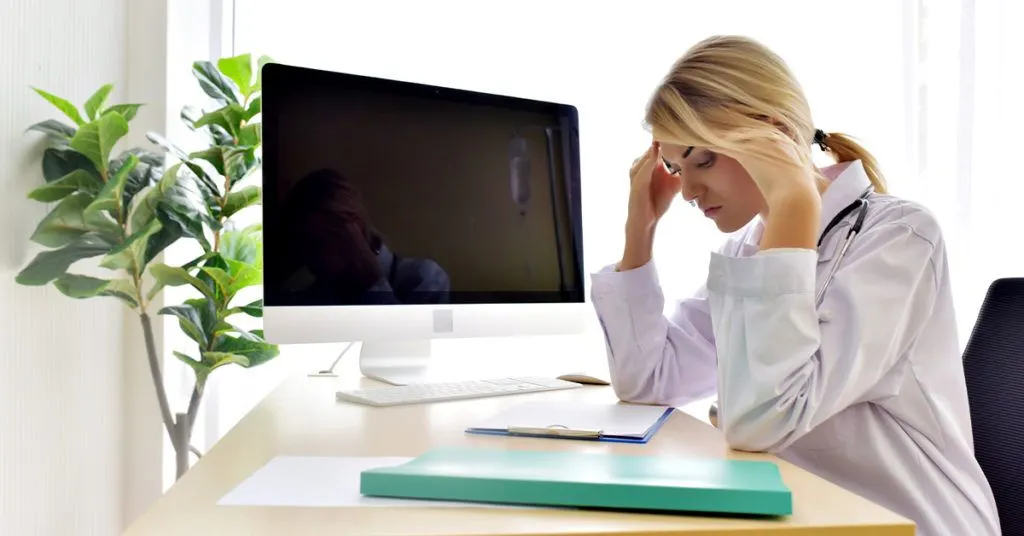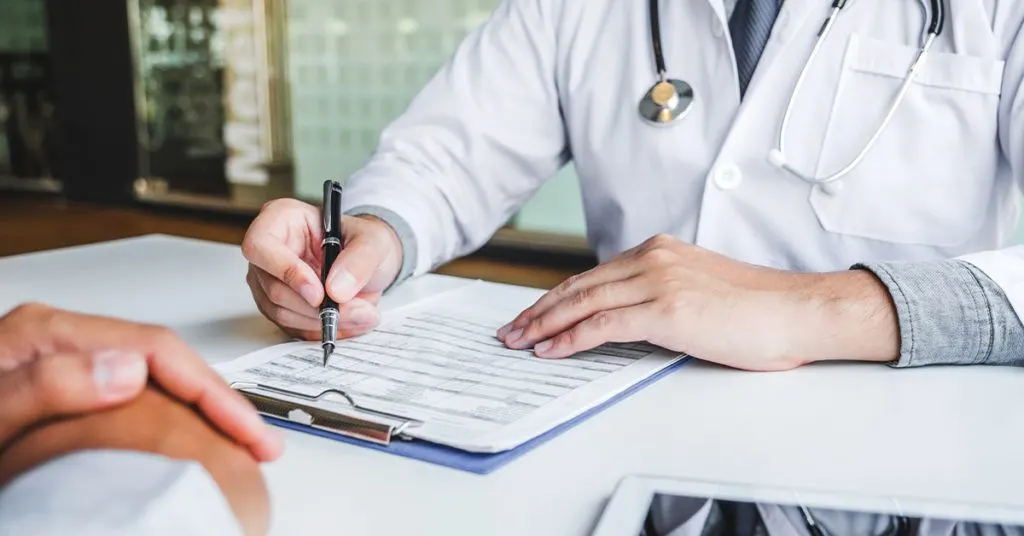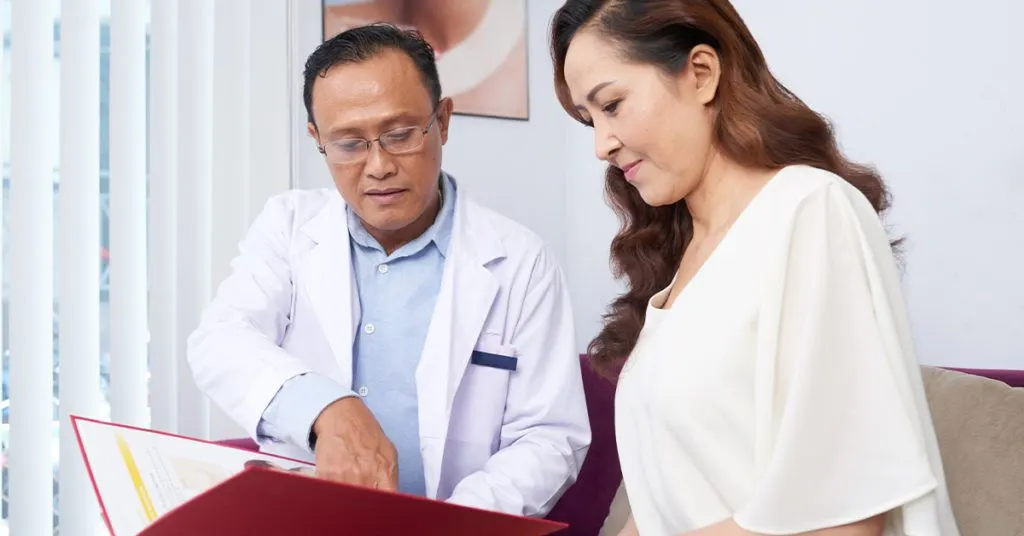A Physician’s Thoughts on the Pharma-Physician Communication Gap

by Jacob Vazquez | Last Updated: June 9, 2020 | 1 min read
We recently asked Dr. Mandira N. Mehra her thoughts on the pharma-physician communication gap based on her professional experiences. Here’s what she had to say:
Medicine and technology have worked intimately, arm in arm, for years. The more advanced our technology becomes the better diagnosis, treatment, and patient care we can provide. While the advances in our medical care remain extraordinary, our communication and relationship with the pharmaceutical industry remain in the dark ages.
While most industries are working at the speed of a click of a button, the healthcare industry has been slow in its ability to adapt to more efficient modes of communication. When examining the relationship most physicians have with pharmaceutical or medical device representatives, the words “inefficient” and “frustrating” come to mind.
The current paradigm for physicians to communicate with pharma reps involves having a rolodex of business cards, multiple staff members attempting to contact the rep, followed by much back and forth to coordinate schedules. To eliminate some of this ping pong effect, some device and pharma reps have resorted to the “drop-in method”.
This method usually involves driving to see a physician and hoping to catch the physician between patients or operating room cases. In this instance, the lack of communication and consistent absence of infrastructure plagues physicians.

Fiddling with antiquated fax machines and lengthy phone conversations are two examples of the unproductive modes of communication that are still omnipresent. For medical device and pharma companies to join the current age of technology, simple but effective changes should be implemented. For example, using more updated electronic applications, and electronic channels to communicate would drastically improve the quality and efficiency of communication with physicians.
As telemedicine becomes more popular, it will be even more important for the pharma and medical device industries to update its communication methods to remain a critical part of the equation. Ultimately, physicians want to provide the best patient care in the most efficient way.
The intricacies of medicine and the human condition are complicated enough. There is no need to make the communication aspect more convoluted and eclipse a physician’s already limited time. One unique aspect of the medical and pharma field is the strict restrictions in place. Promotional activities are subject to strict legislation.
On the other hand, educational materials and physician’s information are critical to healthcare. Despite these strict rules, ultimately the industry is a multibillion-dollar industry which at its heart depends on physician prescribing. Without prescribing the therapy, the therapeutic medication or device becomes deserted.
Explore More Relevant Articles on P360
- The Ultimate Pharma Patient Journey Mapping Guide for Marketers
- 4 Ways Digital Patient Communication Solutions Boosts Patient Trust
- How to Balance Pharma Sales Quotas with Pharma Patient Experience
- Health Monitoring device Boosts Pharma Patient Adherence
- A 5 Step Guide to Choose Pharma Patient Case Management System

Over the counter therapies are exceptions to this.
How much a certain medical or pharmaceutical representative will interact with a physician will depend on many variables. The specialty of the physician as well as the outpatient (ambulatory) vs. inpatient (hospital) patient care paradigm also further muddies the waters of the manner in which the representative will interact.
Furthermore, academic vs. private practice physicians will also have nuances to the degree and manner in which they can interact with the representative. This multifactorial situation paints a beautiful picture if the communication aspect can be simplified. One way to simplify this current infrastructure is to technologically update the current archaic and at times frustrating modes of communication.
One of the largest expenses the medical and pharmaceutical companies encounter is the marketing costs and representatives visits to the doctor. While these doctor “visit” from the representative has been a mainstay of promotion, this accounts for a large portion of the promotional budget.
Often these visits are prolonged or ineffective since they are not focused or concentrating on the doctor’s needs. If a technology existed, which could bridge this communication gap, and streamline the process for both doctors as well as the representatives, this would revolutionize the industry and change the current paradigm.

When a physician requires the assistant of a pharmaceutical or medical device representative, long wait times, or inefficient communication methods can deter the physician’s use of that product. This is human nature. Unfortunately, even if a product or therapy is superior, if the means to obtain that product lacks providing a timely response to maintaining patient wellbeing, then ultimately the product will be underutilized.
This, in turn, provides worse patient care and ultimately undermines the tremendous progress that has been made. This is a harsh pill to swallow. Especially when considering that patients may ultimately be utilizing a less than ideal therapy only secondary to remarkable gaps in communication.
Physicians are constantly drawn in multiple directions. Any method that can provide efficiency to our daily lives or ultimately streamline communication is desirable. We crave the day healthcare can join the technology revolution and communicate at the speed of a button.
This dream is likely not far off, however, it requires multiple industries working in conjunction. To bridge this technological and communication gap, especially when looking at pharmaceutical and device representatives, this would require a multimodality approach.
Physicians alone cannot come up with this solution. However, with the assistance of leaders in technology and our medical device and pharmaceutical representatives, solutions are within grasp.
One way to bridge the communication gap between pharma and physicians is with a remote engagement device, such as Swittons. Swittons is a remote communication device that can be placed on physicians’ desk that results in sales reps connecting with HCPs like never before.
If you’d like to learn about Swittons, click below to chat with one of our experts today.